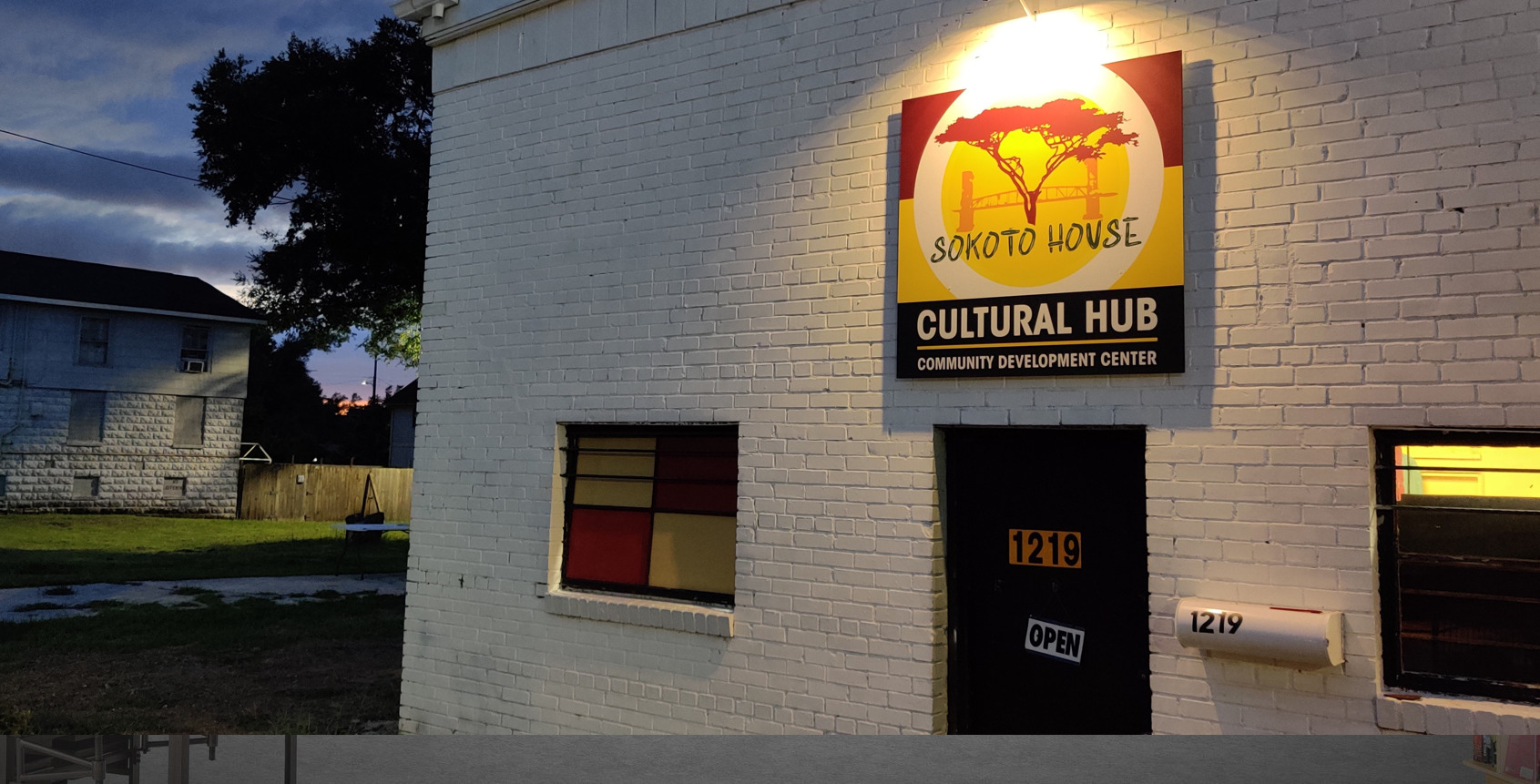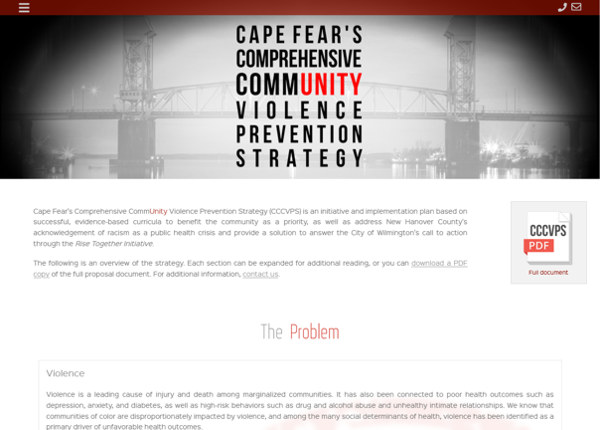Initiatives
Sokoto House is the nexus for a number of initiatives, active and in development, focused on the betterment of the community and response to the needs of America's most vulnerable populations.
These initiatives were originally developed as a cooperative effort by Quality Life Blueprint and Advance Youth Outreach, who provide evaluation, strategic planning, and evidence-based strategies. A number of supporting advisors also contributed input.
Community Health Worker (CHW) in Violence Prevention
"A Community Health Worker (CHW) is a frontline public health worker who is a trusted member of and/or has an unusually close understanding of the community served. This trusting relationship enables the worker to serve as a liaison/link/intermediary between health/social services and the community to facilitate access to services and improve the quality and cultural competence of service delivery. A community health worker also builds individual and community capacity by increasing health knowledge and self-sufficiency through a range of activities such as outreach, community education, informal counseling, social support and advocacy."
- American Public Health Association, Community Health Workers. Published 2009. CHW's in Violence Prevention navigate three essential areas of social impact:
Listen to this excerpt from WHQR's Cape Fear Rundown, where Camille Mojica interviews Abdul Hafeedh Bin Abdullah about Community Health Workers.
Please see CHASM for more information.
www.apha.org/apha-communities/member-sections/community-health-workers
Community-based Public-health Response to Violence (CPrV)
CPrV is a comprehensive community-led strategy that advances violence as a public health priority and community assets as primary facilitators of violence prevention initiatives when equipped with public health science and deployed within historically marginalized communities.
Core Strategies
- Community Professional Development: CHW-VP [evidence-based]
- Youth Leadership Development: Youth Empowerment Solutions (YES) [evidence-based]
- Repurposing the Built Environment: Crime Prevention through Environmental Design (CPTED) [evidence-based]
- Community Qualitative Research: Community-Based Participatory Research [evidence-based]
- Pedagogy of Empowerment: Popular Education [evidence-based]
- Multi-sectored Stakeholder Coalition [evidence-based]
Supportive Strategies
- Community Healing Initiative [evidence-informed]
The primary goal of CHASM is to establish CPrV as a nationally recognized evidence-based program that increases capacity within historically marginalized communities to advance violence as a public health priority and community based leadership and professional capacity as essential to effective violence prevention strategies.
CPrV in Action
CPrV is currently being implemented in Wilmington, North Carolina's Cape Fear region (please see Cape Fear's Comprehensive Community Violence Prevention Strategy) and aims to demonstrate its scalability across multiple communities throughout America.
For more information on this comprehensive, community-based approach to violence prevention, please review the CCCVPS page on the Quality Life Blueprint site. Also, read the Wilmington, NC Star News article on the Sokoto House to see how some of these strategies are being implemented.





